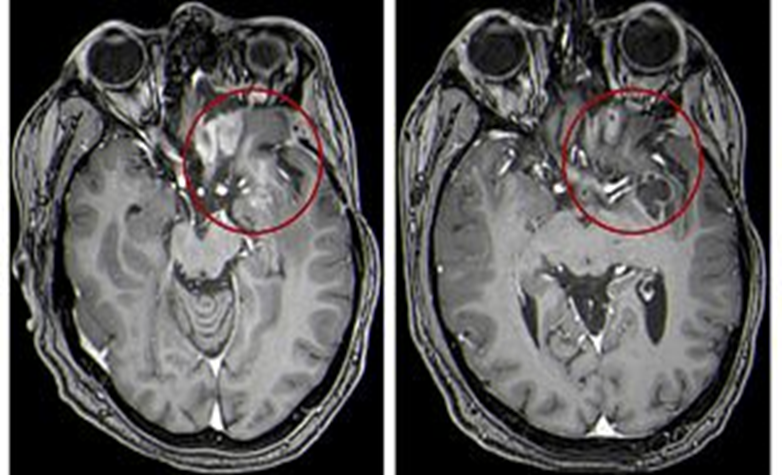Study: Genes linked to creativity distinguished Homo sapiens from Neanderthals

Experts led by the University of Granada in Spain have identified 267 genes that are only found in humans, and through genetic markers, gene expression data and artificial intelligence-powered MRI techniques, they have discovered that they are linked to creativity.
Researchers have discovered a series of genes linked to creativity that they believe may have provided Homo sapiens with a significant distinction from Neanderthals, allowing them to avoid extinction.
The results of the study, published by an international research team on Wednesday in the journal Nature Molecular Psychiatry, indicated that these genes played “an essential role in the development of creativity, self-awareness, and cooperative behavior.”
These genes served as a “secret weapon” that gave modern humans “a significant advantage over now-extinct humans by providing greater resistance to aging, wounds, and disease,” researchers wrote.
These experts, led by the University of Granada in Spain, identified 267 genes that are only found in humans, and through genetic markers, gene expression data, and MRI techniques supported by artificial intelligence, they discovered that they are linked to creativity.

They added in the study that “scientists “were able to identify the areas of the brain in which these genes appear (and those that interacted with them) extensively.” They noted that “these areas (of the brain) participate in human self-awareness and creativity, and include areas that are closely linked to health.” Humans arose relatively recently.
The same team had previously identified a group of 972 genes distributed across three brain networks, the oldest of which are those related to learning habits, social connection, and conflict resolution, dating back to 40 million years ago.

The second network, which relates to intentional self-control, appeared two million years ago, while the most recent network, which governs creative self-awareness, appeared only a hundred thousand years ago.
“Thanks to these genes, Homo sapiens enjoyed better physical condition than those who became extinct, which gave Homo sapiens a higher level of resistance to aging, wounds, and disease,” the researchers wrote.
“Physical fitness, or flexibility, is an integral part of the definition of creativity,” explained the study’s lead author, Igor Zoer. This discovery sheds light on why Homo sapiens outlived Neanderthals and other species.
The study's authors believed that creativity may have encouraged cooperation between individuals and paved the way for technological innovation, behavioral flexibility, and openness to exploration, which enabled humans to evolve more successfully than their ancestors.
Source: websites

